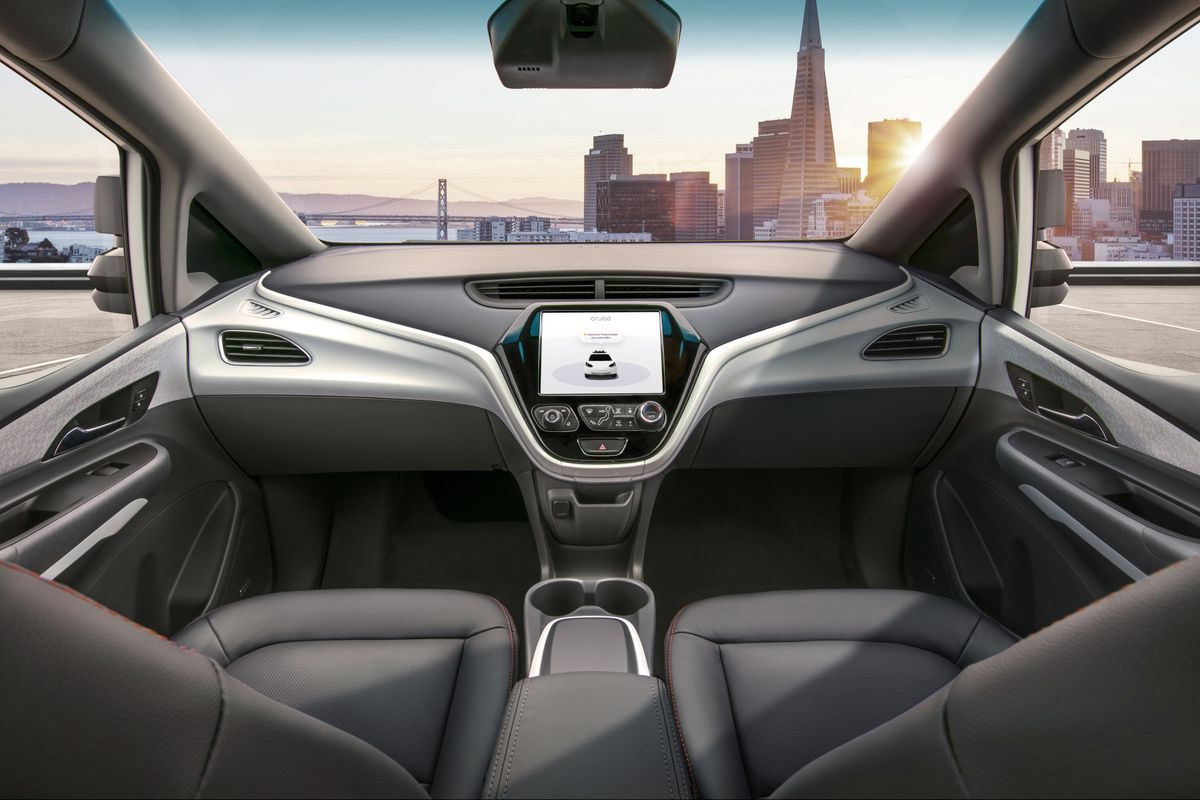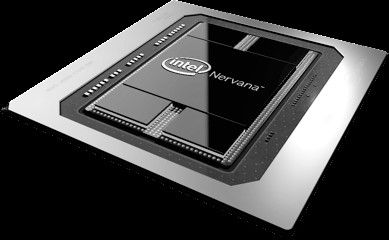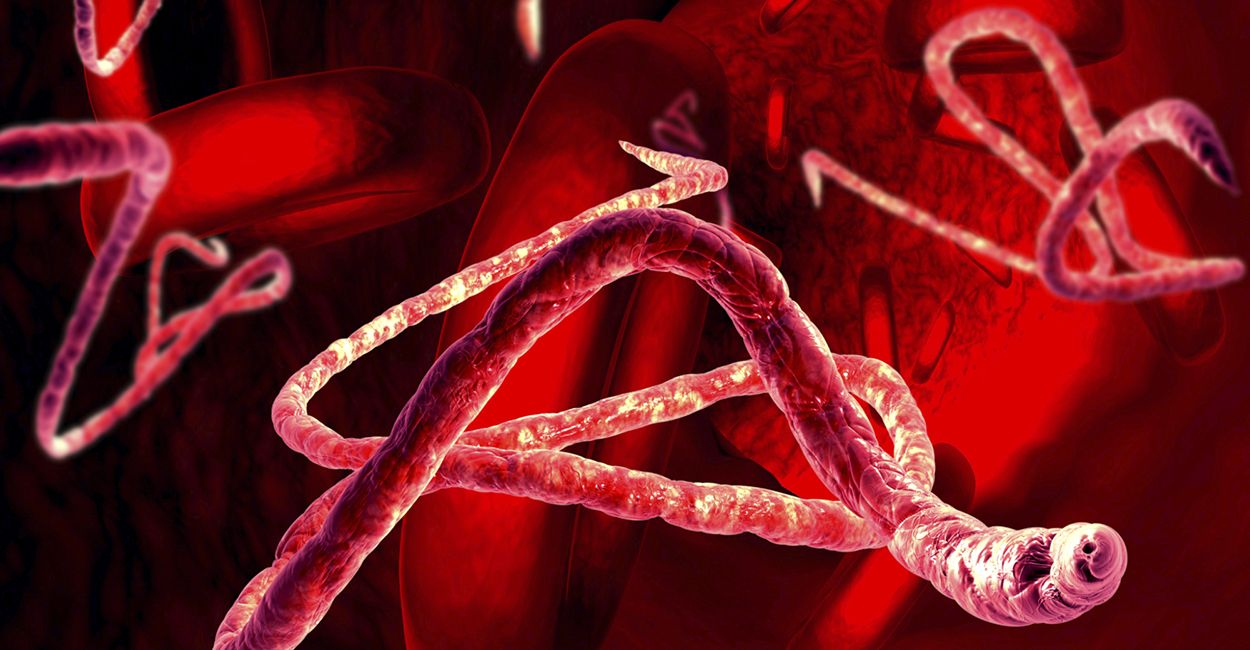Page 9715
Jan 12, 2018
Intel, Nervana Shed Light on Deep Learning Chip Architecture
Posted by Roman Mednitzer in category: robotics/AI
Almost two years after the acquisition by Intel, the deep learning chip architecture from startup Nervana Systems will finally be moving from its codenamed “Lake Crest” status to an actual product.
In that time, Nvidia, which owns the deep learning training market by a long shot, has had time to firm up its commitment to this expanding (if not overhyped in terms of overall industry dollar figures) market with new deep learning-tuned GPUs and appliances on the horizon as well as software tweaks to make training at scale more robust. In other words, even with solid technology at a reasonable price point, for Intel to bring Nervana to the fore of the training marke t–and push its other products for inference at scale along with that current, it will take a herculean effort–one that Intel seems willing to invest in given its aggressive roadmap for the Nervana-based lineup.
The difference now is that at least we have some insight into how (and by how much) this architecture differs from GPUs–and where it might carve out a performance advantage and more certainly, a power efficiency one.
Continue reading “Intel, Nervana Shed Light on Deep Learning Chip Architecture” »
Jan 12, 2018
Introduction to Robotics — Stanford University
Posted by Müslüm Yildiz in category: robotics/AI

Lecture by Professor Oussama Khatib for Introduction to Robotics (CS223A) in the Stanford Computer Science Department.
Lecture 1 | introduction to robotics
Continue reading “Introduction to Robotics — Stanford University” »
Jan 12, 2018
Brain Cells Share Information Using a Gene that Came From Viruses
Posted by Dan Kummer in categories: biotech/medical, neuroscience
Hundreds of millions of years ago, at a time when back-boned animals were just starting to crawl onto land, one such creature became infected by a virus. It was a retrovirus, capable of smuggling its genes into the DNA of its host. And as sometimes happens, those genes stayed put. They were passed on to the animal’s children and grandchildren. And as these viral genes cascaded through the generations, they changed, transforming from mere stowaways into important parts of their host’s biology.
One such gene is called Arc. It’s active in neurons, and plays a vital role in the brain. A mouse that’s born without Arc can’t learn or form new long-term memories. If it finds some cheese in a maze, it will have completely forgotten the right route the next day. “They can’t seem to respond or adapt to changes in their environment,” says Jason Shepherd from the University of Utah, who has been studying Arc for years. “Arc is really key to transducing the information from those experiences into changes in the brain.”
Jan 12, 2018
Disruptive Technologies Push Bioterrorism To A Whole New Level
Posted by Klaus Baldauf in category: terrorism
Disruptive technologies not only help true visionaries who want to make the world a better place but also the bad guys ready for bioterrorism. Here is how.
Jan 12, 2018
Guns, germs and rice: how the winners of China’s top science prizes point to the future
Posted by Derick Lee in categories: biotech/medical, food, government, science
Weapons developers, disease fighters and food engineers were among the biggest winners in China’s top awards for scientists this year, giving a glimpse of the government’s research priorities.
Awards signal the government’s research priorities for the years to come, analyst says.
Jan 12, 2018
Martian ice deposits could sustain human outposts in the future
Posted by Dan Kummer in categories: futurism, space
WASHINGTON (Reuters) — Scientists using images from an orbiting NASA spacecraft have detected eight sites where huge ice deposits near the Martian surface are exposed on steep slopes, a potential source of water that could help sustain future human outposts.
While scientists already knew that about a third of the surface of Mars contains shallow ground ice and that its poles harbor major ice deposits, the research published on Thursday described thick underground ice sheets exposed along slopes up to 100 yards (meters) tall at the planet’s middle latitudes.
“It was surprising to find ice exposed at the surface at these places. In the mid-latitudes, it’s normally covered by a blanket of dust or regolith,” loose bits of rock atop a layer of bedrock, said research geologist Colin Dundas of the U.S. Geological Survey’s Astrogeology Science Center in Flagstaff, Arizona, who led the study.
Continue reading “Martian ice deposits could sustain human outposts in the future” »
Jan 12, 2018
Tomorrow’s Cargo Drones Won’t Look Much Like Today’s Helicopters
Posted by Dan Kummer in categories: drones, robotics/AI

https://youtube.com/watch?v=xqwS7CcjA28
Boeing unveils a squarish, skeletal quadcopter to try out new unmanned-delivery concepts.
Boeing’s newest prototype drone is a skeletal, squarish quadrotor built as a “flying test bed to mature the building blocks of autonomous technology for future applications,” the aircraft maker said in a statement.
Continue reading “Tomorrow’s Cargo Drones Won’t Look Much Like Today’s Helicopters” »
Jan 12, 2018
The Future of Military IT: Gait Biometrics, Software Nets, and Photon Communicators
Posted by Klaus Baldauf in categories: encryption, military, privacy
DISA director Lt. Gen. Alan Lynn talks about the tech he’s eyeing, some of which is barely out of the theoretical realm.
Tomorrow’s soldiers will wield encrypted devices that unlock to their voices, or even their particular way of walking, and communicate via ad-hoc, software-defined networks that use not radio waves but light according to Lt. Gen. Alan Lynn, who leads the Defense Information Systems Agency, the U.S. military’s IT provider. On Tuesday, Lynn talked about next-generation technologies that DISA is looking into, some of which are barely experimental today.
Here are few of the key areas:
Jan 12, 2018
Could decentralized systems replace Google?
Posted by Klaus Baldauf in category: internet
The internet is ruled by a small number of massive corporations. Roger McNamee, Co-founder of Elevation Partners on CNBC, says, Google, Facebook, Amazon are increasingly just super-monopolies, especially Google … The share of the markets they operate in is literally on the same scale that Standard Oil had … more than 100 years ago—with the …
















